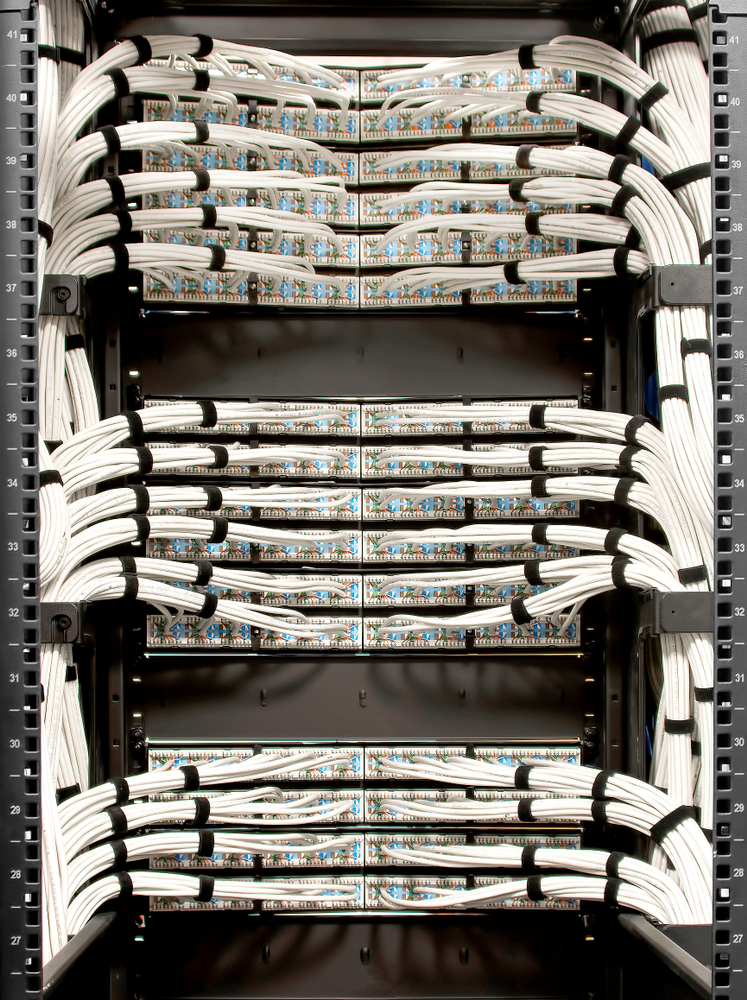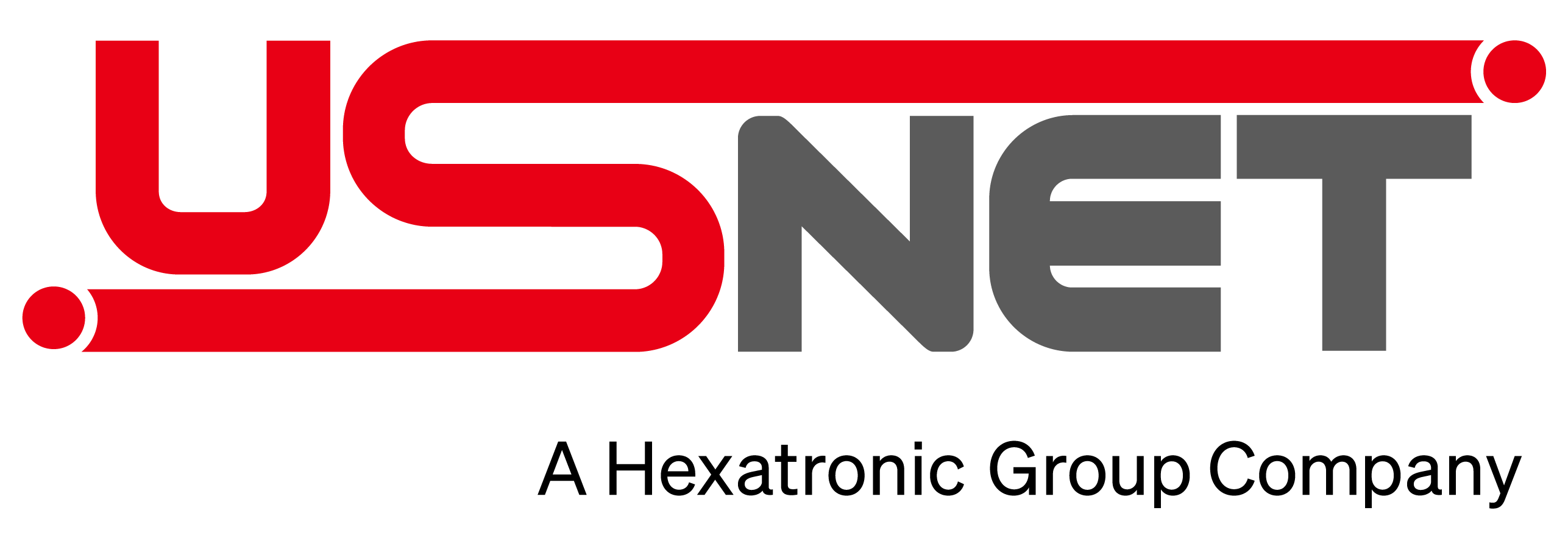
In a world of wireless networks, structured data cabling remains one of the most critical elements in data centers, corporate facilities, and other sites facilitating data flow. Structured cabling serves as the backbone for efficient communication, and the proper design and implementation of structured cabling systems are essential to ensure seamless, reliable, and secure data transmission.
The framework for successful data cabling has six subsystems. Understanding the importance of each subsystem and its role can help organizations achieve an effective structured cabling system to meet their specific needs.
The six subsystems
In structured cabling, six subsystems work together to create a reliable platform for end-to-end data transmission. Let’s take a closer look at each subsystem and its role in cabling infrastructure:
Entrance facilities
The entrance facility is where the outside cabling connects with the internal cabling. This subsystem includes protective devices such as lightning arrestors and surge protectors. It provides a secure entry point for incoming data and power feeds.
Equipment rooms
The equipment room houses cabling terminations, cross-connects, and distribution frames for the horizontal and backbone cabling subsystems. This subsystem also includes environmental controls, such as HVAC systems, to maintain optimal operating conditions for active network components.

Backbone cabling
The backbone cabling subsystem provides interconnections between telecommunications rooms, equipment rooms, and entrance facilities. This subsystem typically uses fiber-optic or high-bandwidth copper cabling for fast, reliable data transmission.
Horizontal cabling
The horizontal cabling subsystem connects the telecommunications rooms to the work-area components, such as desktop computers and printers. This subsystem frequently uses copper cabling and must be carefully designed and installed for optimal data transmission and performance.
Telecommunications rooms
The telecommunications room houses the cabling terminations and network equipment serving a specific area of the building or campus. This subsystem includes patch panels, network switches, and other components crucial to the operation of the cabling system.
Work-area components
The work-area components consist of the devices connecting to the cabling system, such as desktop computers, telephones, printers, and wireless access points. This subsystem also includes the cabling connecting these devices to the horizontal cabling subsystem.
Each of these systems culminates in a structured cabling architecture delivering critical performance across facilities — when designed and installed properly.

The benefits of structured cabling
A well-designed and well-installed cabling system offers a wide range of benefits, including the following:
- Predictable performance: Structured cabling ensures data transmission remains consistent and reliable, regardless of the volume or type of information. A stable and secure platform helps to prevent costly downtime, delays, and other issues.
- Maximum system availability: A purposeful cabling system provides multiple pathways for data transmission, allowing data to flow uninterrupted even if one pathway is blocked or disrupted. This redundancy guarantees critical data is always available.
- Flexibility to accommodate change: With a well-designed cabling system, organizations can easily reconfigure their networks to accommodate changes in technology, new applications, or evolving business needs.
- Long-term usability: Structured cabling lays the groundwork for long-term infrastructure, enabling organizations to upgrade and adopt technologies at their preferred pace.
Best practices
When designing and installing a structured cabling system, carefully assess each subsystem for optimal performance, reliability, and scalability. Factors such as cabling type, cable routing, cable management, and environmental conditions must be considered for a successful installation. Following industry best practices is also crucial, such as:
- ISO/IEC, CENELEC, and TIA standards
- Cat 5e/6/6A cabling considerations
- Choice of twisted pair and optical cabling, patch panels, and patch cables
Function follows form
By understanding the six subsystems of data cabling, including how they are structured and work together, organizations can create a cabling system to meet the specific needs of their data systems — today, tomorrow, and beyond. While a myriad of best practices come into play when installing cabling, the frameworks of these subsystems can help ensure an effective strategy for handling the demands of your business.

Recent Comments